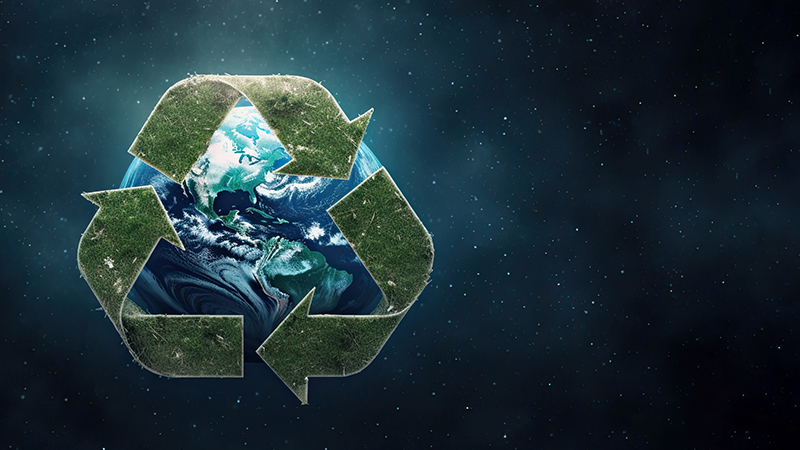

The privatisation of the space sector, combined with the rise in LEO satellites, has highlighted the importance of sustainability in space. We’re dealing with more active spacecraft than ever before, leading to more potentially damaging debris as satellites are damaged and decommissioned.
This is arguably the main focus of space sustainability: to keep the environment safe for future use while tidying up orbit paths for current satellites and spacecraft. So what does space sustainability actually look like, and can space governance keep up with the issue?
In its current form, it’s fair to say that the space industry isn’t sustainable. Low Earth Orbit is the most important part of space for human activity, and it’s currently full of debris. According to NASA, there are currently more than 27,000 pieces of space debris that it’s able to track. These range from large pieces of satellites (or whole ones) to tiny bits of metal and rock.
Space debris is a major hindrance to future satellite launches, as even the smallest piece can irreparably damage a spacecraft. A significant contributing factor to the issue of space debris is the lack of regulations around satellite decommissioning. Currently, the general consensus is to allow satellites to re-enter orbit, although there are no regulations that state this must happen.
But from a more positive perspective, the privatisation of the space sector has helped with sustainability from a launch perspective. Reusable launch vehicles are well-documented and, while we’re not yet at the stage of them being fully reusable, we’re a lot closer to this goal than before.
Similarly, the space industry has played a major role in sustainable technologies that we now take for granted, such as solar arrays and hydrogen fuel. These are having knock-on effects for the less obvious branches of the space industry. For example, the ESA’s technology centre, ESTEC, is powered by 100% renewable energy.
The bottom line is that we’re currently in a period of clear reform for the space industry. Growing awareness of our environmental impact has shaken up pretty much every industry, and space is no exception. The real question, though, is whether governing bodies can act quick enough to make the necessary changes.
The closest thing we have to a global governing body for space is the UN’s Committee on the Peaceful Uses of Outer Space (COPUOS). As of 2023, it has 102 member nations and uses a consensus-based approach to issues. Then, of course, there are national/international bodies, such as NASA, the ESA, etc.
As is fairly common with the UN, many COPUOS initiatives are bogged down by bureaucracy and the ability of one country to veto. This means that, while COPUOS can suggest clear sustainability plans for space, it can take a long time for them to come into effect.
This leaves a gap to be filled by national bodies and private companies. For example, the ESA has its Clean Space initiative, and companies such as Astroscale are launching their own plans for a sustainable space economy.
Put simply, space governance currently can’t keep pace with the sense of urgency that is evident elsewhere in the industry. However, this doesn’t have to be a negative thing. If it becomes clear through private or smaller-scale plans that sustainability is possible, COPUOS may have the evidence it needs to put in place international regulations for space management.
